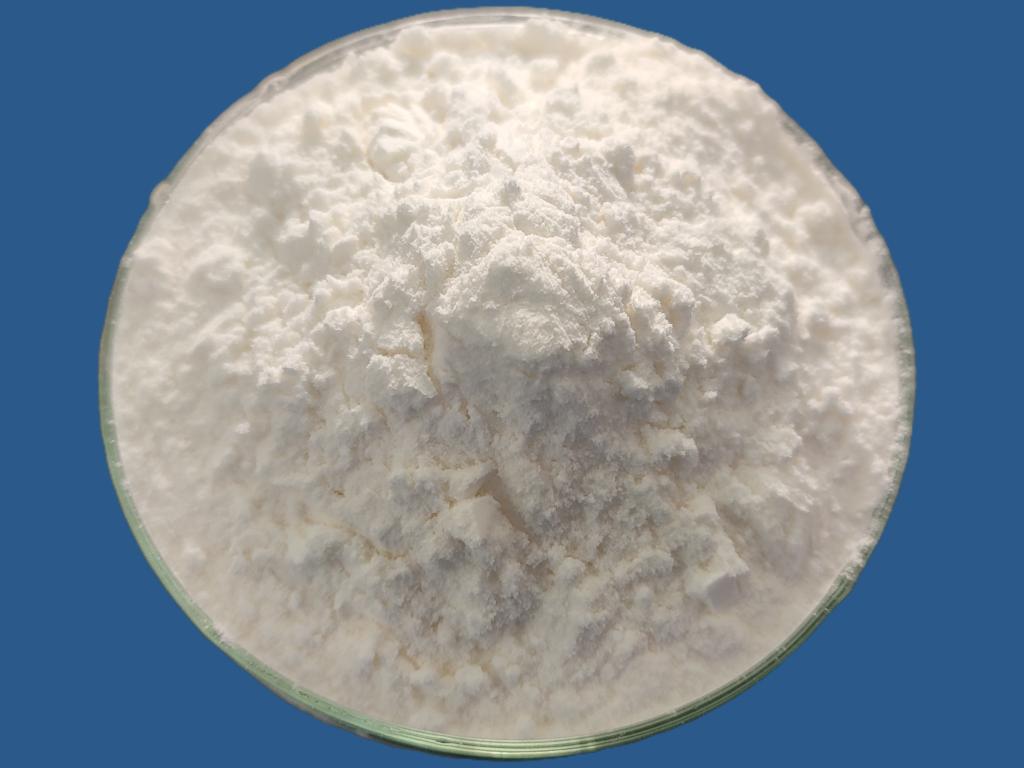Tel:+8618231198596

News
 CONTACT
CONTACT
 CONTACT
CONTACT
- Linkman:Linda Yao
- Tel: +8618231198596
- Email:linda.yao@dcpharma.cn
- Linkman:CHARLES.WANG
- Department:Overseas
- Tel: 0086 0311-85537378 0086 0311-85539701
News
Current Position:
Home >
News
>ε-Polylysine Hydrochloride: Promoting Circular Economy in Food Systems.
ε-Polylysine Hydrochloride: Promoting Circular Economy in Food Systems.
TIME:2023-09-15
Understanding the Circular Economy in Food
The circular economy represents a departure from the traditional linear model of "take, make, dispose." Instead, it focuses on the following key principles within the food industry:
Reduce and Minimize Waste: The circular economy seeks to reduce waste at every stage of the food supply chain, from production to consumption, by optimizing processes and minimizing losses.
Resource Efficiency: Maximizing the use of resources, such as raw materials, energy, and water, is central to circular economy practices. In the food industry, this involves reducing resource consumption while maintaining or improving output.
Reuse and Recycling: Encouraging the reuse and recycling of materials, such as food packaging, can reduce the environmental footprint of the food sector.
Design for Longevity: Products and packaging are designed to have longer lifespans, emphasizing durability, reparability, and upgradability.
Shift to Renewable Resources: Utilizing renewable resources, such as sustainable agriculture and energy sources, supports a circular approach by reducing reliance on finite resources.
ε-Polylysine Hydrochloride in the Circular Economy
ε-Polylysine hydrochloride plays a vital role in promoting circular economy principles within the food sector by addressing several key challenges:
Food Waste Reduction
Shelf Life Extension: One of the primary contributors to food waste is product spoilage due to microbial contamination. ε-Polylysine hydrochloride acts as an effective natural preservative, inhibiting the growth of spoilage microorganisms and pathogens. By extending the shelf life of food products, it reduces the likelihood of food being discarded prematurely.
Preservation of Perishables: Perishable foods, such as fruits, vegetables, and dairy products, are particularly prone to spoilage. ε-Polylysine hydrochloride can be applied to these products to maintain freshness, reduce losses, and promote resource efficiency.
Resource Efficiency
Reduced Water Usage: By preventing microbial spoilage, ε-Polylysine hydrochloride helps reduce the need for excessive washing and rinsing of food products during processing, thus conserving water resources.
Energy Savings: Prolonging the shelf life of food products can reduce the energy required for refrigeration, transportation, and storage, contributing to lower energy consumption and reduced greenhouse gas emissions.
Packaging Optimization
Reduced Packaging Waste: ε-Polylysine hydrochloride's ability to extend the shelf life of products allows for the reduction of excess packaging materials, such as plastic films and containers. This minimizes packaging waste and supports the transition to more sustainable packaging solutions.
Clean Labeling: As consumers demand cleaner labels with fewer synthetic additives, ε-Polylysine hydrochloride aligns with the circular economy by serving as a natural and transparent preservative.
Reduction in Food Losses
Minimizing Post-Harvest Losses: By preserving the quality and safety of harvested crops, ε-Polylysine hydrochloride helps minimize post-harvest losses in agriculture, a significant source of food waste.
Sustainable Agriculture
Supporting Sustainable Farming Practices: Utilizing ε-Polylysine hydrochloride in food production aligns with sustainable agriculture principles by reducing the need for excessive chemical preservatives and pesticides.
Challenges and Considerations
While ε-Polylysine hydrochloride contributes significantly to the circular economy in food systems, there are challenges and considerations to address:
Regulatory Compliance: Food producers must ensure that their use of ε-Polylysine hydrochloride complies with local and international food safety regulations.
Consumer Awareness: Educating consumers about the benefits of ε-Polylysine hydrochloride in reducing food waste and supporting sustainability is essential for its widespread acceptance.
Optimal Formulations: Achieving the right balance of ε-Polylysine hydrochloride in food formulations to preserve quality while minimizing waste requires careful consideration.
Resource Management: While ε-Polylysine hydrochloride reduces waste in food production, it is essential to consider other aspects of resource management, such as sustainable sourcing and responsible production practices.
Conclusion
The circular economy represents a sustainable and resource-efficient approach to food production and consumption. In this context, ε-Polylysine hydrochloride emerges as a valuable tool in promoting circular economy principles within the food sector. Its ability to extend shelf life, reduce waste, optimize packaging, and support sustainable agriculture aligns with the goals of reducing environmental impacts and conserving resources.
As the world grapples with the challenges of food security, waste reduction, and sustainable resource management, ε-Polylysine hydrochloride offers a practical and effective solution for food producers striving to embrace circular economy practices. By incorporating this natural preservative into food systems, the food industry can move closer to achieving a more sustainable and resilient future while meeting the demands of environmentally conscious consumers.
- Tel:+8618231198596
- Whatsapp:18231198596
- Chat With Skype







